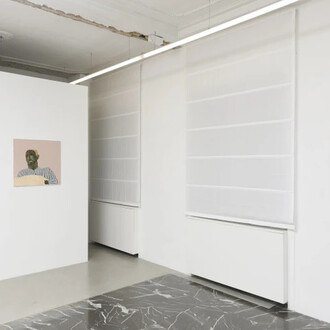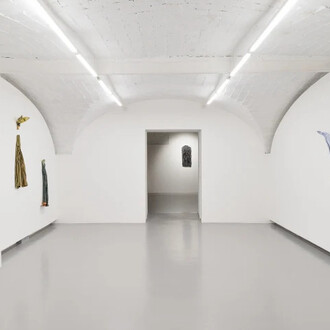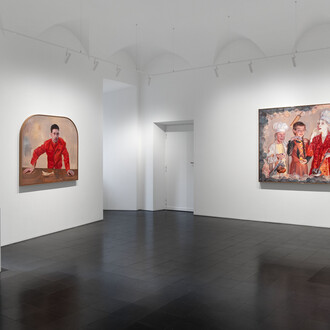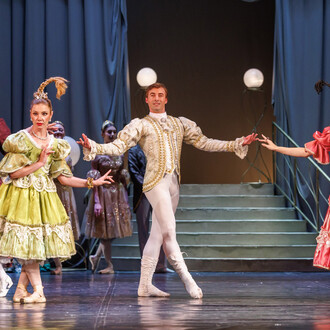On show for the first time in Rome, a collection of exclusive works by the British artist Joseph Mallord William Turner, from 22 March to 26 August 2018 at the Chiostro del Bramante.
A unique collection, illustrating the intimate and reserved side of J.M.W. Turner (23 April 1775 ‒ 19 December 1851), donated in its entirety to Great Britain and conserved at Tate Britain in London, features in this exhibition that marks the start of a major collaboration between Tate, London and Chiostro del Bramante.
Known today as the ‘Turner Bequest’, many of the works on display come from the artist’s personal studio and were produced over the years for his “own pleasure”, to cite the beautiful words used by the critic John Ruskin. An aesthetic and visual pleasure that conserves memories of journeys, emotions and fragments of landscapes seen during his stays abroad. In fact, the artist used to work in the open air during the warmer months, only shutting himself away in his studio in the winter, where he reproduced everything he had seen in real life on canvas.
Over ninety artworks, including sketches, studies, watercolours, drawings and a selection of oil paintings never before exhibited together in Italy, feature in the major exhibition ‘Turner. Works from Tate’, devoted to the famous and renowned watercolour artist who influenced more than one generation of artists with his work, including Claude Monet, Caspar David Friedrich, Vincent Van Gogh, Edgar Degas, Paul Klee, Franz Marc, Wassily Kandinsky, Gustav Klimt, Mark Rothko, James Turrell and Olafur Eliasson.
Nature and romanticism merge in the perfect depiction of the sublime and in the contemplation of an unstoppable, almost mysterious force, that was evoked time and again to respond to the artist’s need to seek a constantly evolving language able to anticipate artistic times and fashions. Indeed, it was in the British capital, a city with great expectations thanks to art exhibitions, theatre performances and initiatives in the fields of science and literature, that Turner produced emotionally intense images that became the means through which the man finally felt free to dream.
Divided into six sections, the exhibition invites visitors to discover the development of the artistic language of the greatest romantic painter in chronological order.
















